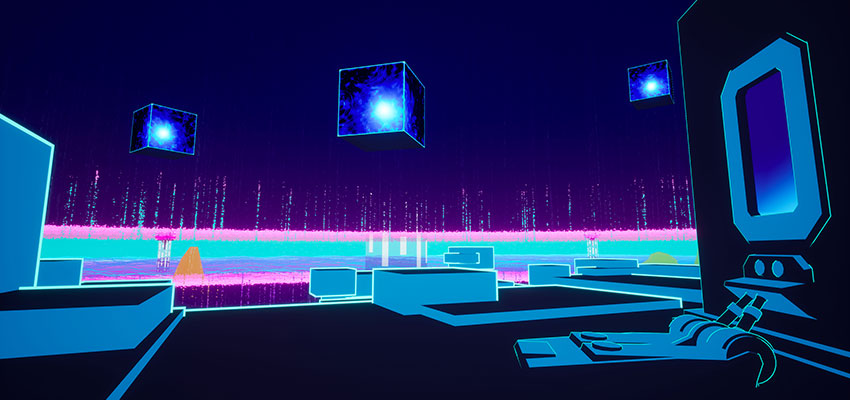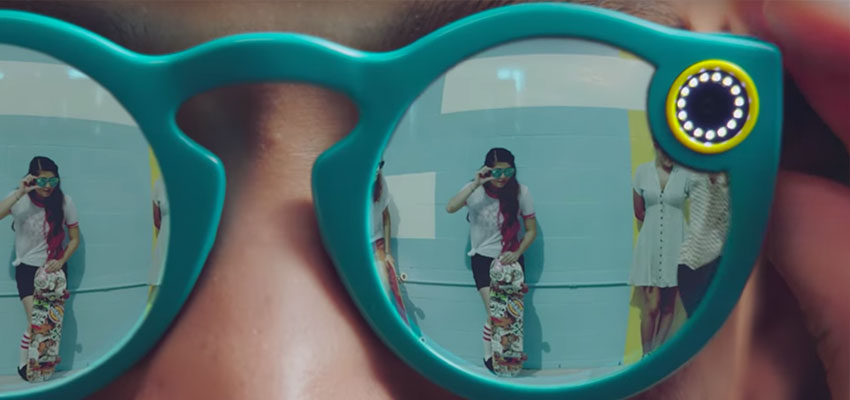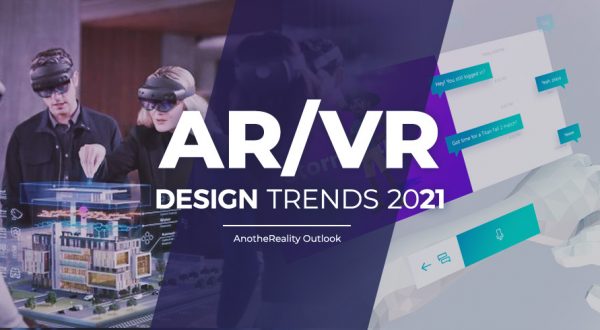The metaverse trends for 2022? Virtual stores enhance the user experience, even remotely. Revolution in the HR sector with new tools to make remote interviews more effective. Gaming experiences in VR. And marketing that goes beyond the physical world and the internet, reaching every corner of the virtual realms.
From the Web to the Metaverse
Since its inception, the Internet has continued to evolve with impressive speed, transitioning from the static web pages of the 1990s to Web 2.0, characterized by user interaction, which has driven the revolution of recent years, paving the way for the revolution of social networks and online gaming, which, upon closer inspection, were the first examples of the metaverse.
However, it is only now that this term is emerging from science fiction books to identify a series of developing experiences, and leading this new revolution is Facebook, or rather, Meta, as the multinational corporation recently changed its name to reflect its new direction. This name change certainly has deeper roots and became necessary to distance the giant from its most successful experiment, the first true social network. The reason? Facebook is no longer popular, neither among its users (the long-time users are distancing themselves, and young people are turning to other platforms) nor among businesses: the many controversies surrounding the fact that this social platform tends to promote division rather than constructive discussions, virtual fights rather than calm discourse, are pushing away some investors.
How will Facebook transform? It’s hard to say, but it’s evident that the internet is heading towards other types of experiences to be lived in a different, more intense, and interactive way, and the company founded by Zuckerberg is also aiming in that direction. And it’s not a recent development: the acquisition of Oculus was the first step in a transformation that is gradually revolutionizing the world in which we interact, both for entertainment and professional reasons. We are moving towards Web 3.0, which is poised to surpass the limitations of the current Web 2.0 model by introducing a new concept: ownership.
The metaverse trends for 2022? Virtual stores enhance the user experience, even remotely. Revolution in the HR sector with new tools to make remote interviews more effective. Gaming experiences in VR. And marketing that goes beyond the physical world and the internet, reaching every corner of the virtual realms.

From the Web to the Metaverse
Since its inception, the Internet has continued to evolve with impressive speed, transitioning from the static web pages of the 1990s to Web 2.0, characterized by user interaction, which has driven the revolution of recent years, paving the way for the revolution of social networks and online gaming, which, upon closer inspection, were the first examples of the metaverse.
However, it is only now that this term is emerging from science fiction books to identify a series of developing experiences, and leading this new revolution is Facebook, or rather, Meta, as the multinational corporation recently changed its name to reflect its new direction. This name change certainly has deeper roots and became necessary to distance the giant from its most successful experiment, the first true social network. The reason? Facebook is no longer popular, neither among its users (the long-time users are distancing themselves, and young people are turning to other platforms) nor among businesses: the many controversies surrounding the fact that this social platform tends to promote division rather than constructive discussions, virtual fights rather than calm discourse, are pushing away some investors.
How will Facebook transform? It’s hard to say, but it’s evident that the internet is heading towards other types of experiences to be lived in a different, more intense, and interactive way, and the company founded by Zuckerberg is also aiming in that direction. And it’s not a recent development: the acquisition of Oculus was the first step in a transformation that is gradually revolutionizing the world in which we interact, both for entertainment and professional reasons. We are moving towards Web 3.0, which is poised to surpass the limitations of the current Web 2.0 model by introducing a new concept: ownership.
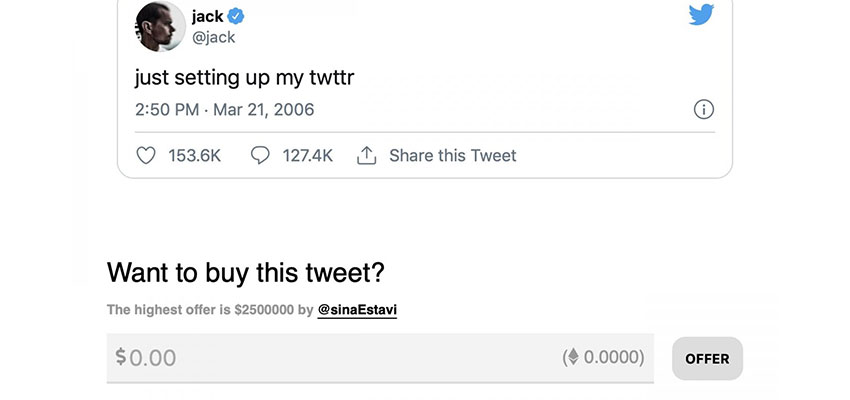
NFTs: The Currency of the Metaverses
Currently, NFTs are a speculative phenomenon, although numerous companies are introducing them into their products as an internal currency. This is the case with video games, as well as the crypto fan tokens introduced by football clubs, such as Inter Milan. However, soon, NFTs will represent the economy of the metaverse or, rather, the metaverses. We have already provided the definition here, but to summarize, a metaverse can be described as a virtual world where people can interact and engage in “real” activities, with real-world implications. If we currently use Zoom and Teams, soon remote meetings will take place in virtual environments populated by avatars.
By doing so, users will be brought closer together, eliminating the video filter and allowing for the creation of new, more “human” and empathetic experiences. In practice, experiences that have been limited to video games until now, such as MMORPGs like World of Warcraft or Minecraft, will become the norm for meetings with colleagues, friends, and family who are physically distant.
Some of these worlds will also have an economy and a concept of ownership, and NFTs will be the tool to manage them.
Before discussing the trends for 2022, let’s see how the concept of the metaverse will evolve.

A Global Metaverse or Multiple Separate Metaverses?
Currently, there is no consensus on how the concept of the metaverse will evolve. According to some researchers, it will be the equivalent of the Internet and will consist of multiple separate but interconnected virtual worlds. Others, however, argue that there won’t be a single metaverse as depicted in science fiction, but rather multiple metaverses.
Regardless of the form it takes, the question many are asking is: what is the purpose of the metaverse? And here, the answers vary. Some companies will use it to enhance customer engagement, for example, by providing dedicated customer care; others will offer virtual concerts and performances. There will be organizations that use it for internal meetings or engagements with stakeholders, while others will utilize it for training purposes or to host virtual or hybrid events and trade shows, with some attendees present physically and others connected remotely.
Depending on their needs, different approaches are likely to be adopted: some entities will create their personalized metaverse, while others will rely on those provided by third parties.
Here are the trends for the metaverse in 2022.
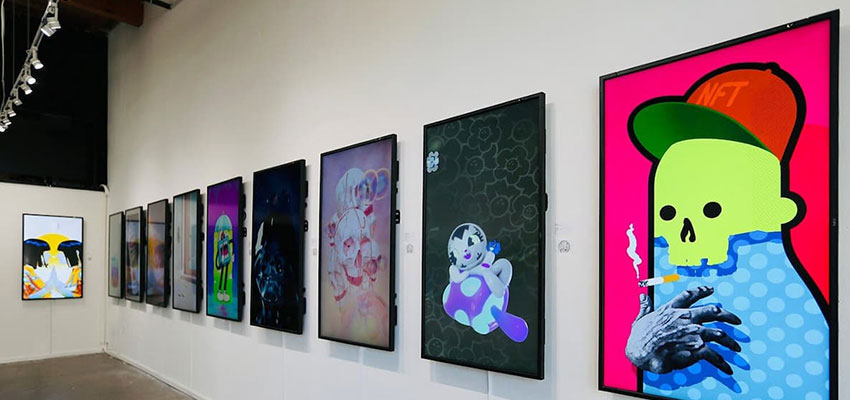
Multiverse: What Will Happen in 2022?
The virtual worlds market is currently estimated to be worth $180 billion, a figure that is expected to more than double by 2025 ($390 billion) and, according to Goldman Sachs, reach an impressive $8 trillion in just a few years. It’s no surprise, then, that numerous companies are investing in the metaverse, some creating worlds, others developing devices to access these worlds effectively, such as virtual or augmented reality headsets.
Facebook kicked things off with Meta, leveraging its Oculus headsets, but the competition was eager to have their say following the announcement.
Microsoft’s response is called Mesh, which will be integrated into Teams and can be accessed through regular PCs, tablets, smartphones, as well as headsets. The company has already developed HoloLens, an advanced mixed-reality headset that seamlessly blends digital elements with the surrounding environment.
Cisco, always active in the field of remote communication and collaboration, is entering this sector with Webex Hologram, a holographic collaboration solution currently under development.
Snapchat, a social network particularly popular among young people that has recently faced the impact of TikTok’s tremendous success, was one of the first to experiment with unique solutions such as Spectacles. These are augmented reality glasses that are less complex and advanced than HoloLens but more affordable and widely available. Initially underestimated, they have been significantly improved with the latest version, which now includes the Avatar filter that transforms real-world individuals into real-time game-like characters. Simply put on the glasses, activate the filter, and you can take photos and record videos where people are transformed into AI-generated characters.
And what about Apple? True to tradition, the Cupertino-based company remains tight-lipped and has not yet made any official statements regarding its plans for virtual worlds and the metaverse. However, it is undoubtedly working on ambitious projects, as evidenced by the patents filed for mixed reality headsets and spatial computing algorithms, as well as its acquisition campaign. In 2020, Apple “acquired” NextVR, a virtual reality event platform; the Israeli company Cameraai, specializing in augmented reality; and Spaces, a startup focused on virtual reality. It’s difficult to speculate on what will be announced and when, but considering Apple’s tradition under Cook’s leadership, it can be expected that their offering will be something different from the others.
Metaverse Trends 2022: Here Are the Key Use Cases
Metaverse trends for 2022 encompass virtual stores, remote HR interviews, VR gaming experiences, virtual marketing, and more!
Making long-term predictions about trends is challenging, but we can speculate on some near-term developments and what we can expect to see in the metaverse in 2022. It will be a year that still has to deal with the pandemic for a few more months. Physical stores will start to fill up again, but many chains will also offer digital and non-digital experiences as a response to lockdowns (which hopefully won’t occur again) but as a natural extension of the physical store. For many, the store has become a showroom where they can touch and feel the products before making an online purchase, and this trend will solidify. However, e-commerce will not simply be a catalog of products to buy but will take on the appearance of a real place, the digital counterpart of a downtown retail store, complete with assistants. These assistants can be represented by artificial intelligence or real salespeople who share the virtual space with customers.
This will apply not only to traditional retail stores but also to service providers like financial institutions. An example is the Widibia app, a virtual bank accessed through Microsoft’s Hololens 2 headset.
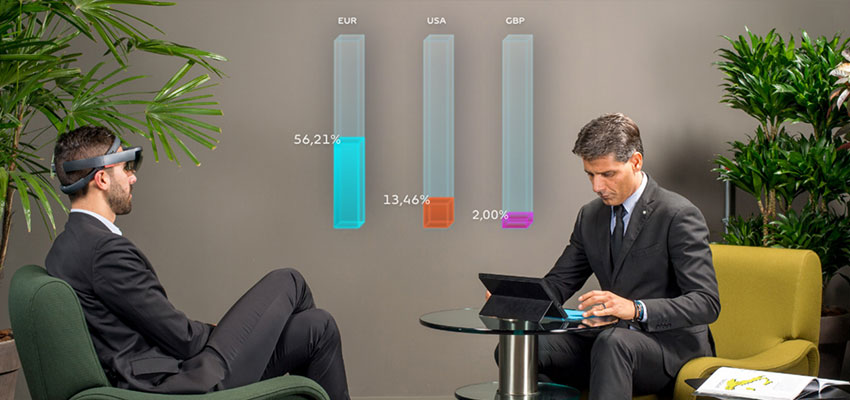
The education sector will benefit from the metaverse, and thanks to technology, both in-person and remote learning will adapt to new tools that have the undeniable advantage of being more engaging for younger students, stimulating them more than traditional frontal lessons.
Inevitably, marketing will increasingly leverage new technologies, particularly in the artistic world, taking what we already saw in 2021 to a higher level. An example of this is Mr. Fini, the augmented reality app developed to support the launch of Guè Pequeno’s new album.

Sony, for example, has announced a new headset for the PlayStation 5, indicating that it hasn’t been discouraged by the less-than-stellar results of its previous experiment, partly limited by the low power of the PS4, which was not capable of delivering an optimal VR experience.
When we talk about gaming experiences, we’re not exclusively referring to video games. Imagine how popular Escape Rooms could become by combining Mixed Reality headsets with AI. VBI Lost Connection, a cyberpunk-themed Escape Room developed by IBM, is just a taste of what’s possible.
